Top 4 Must-Knows Before Buying Landscaping Plants for Your Front Yard
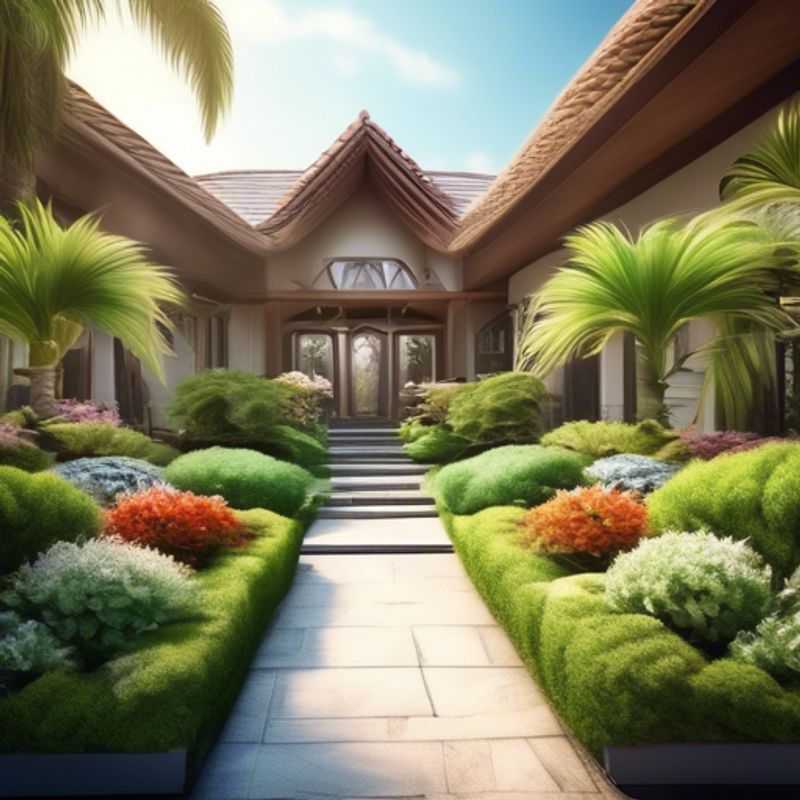
4 Essential Factors to Consider Before Planting Your Front Yard: Climate, Size, Sunlight, and Water Usage
Ah, landscaping. It's a delightful endeavor, bringing life and color to the front of your home. But before you dive headfirst into the world of foliage, there are a few crucial factors to consider. You wouldn't build a house without a solid foundation, right? Same goes for a flourishing front yard.
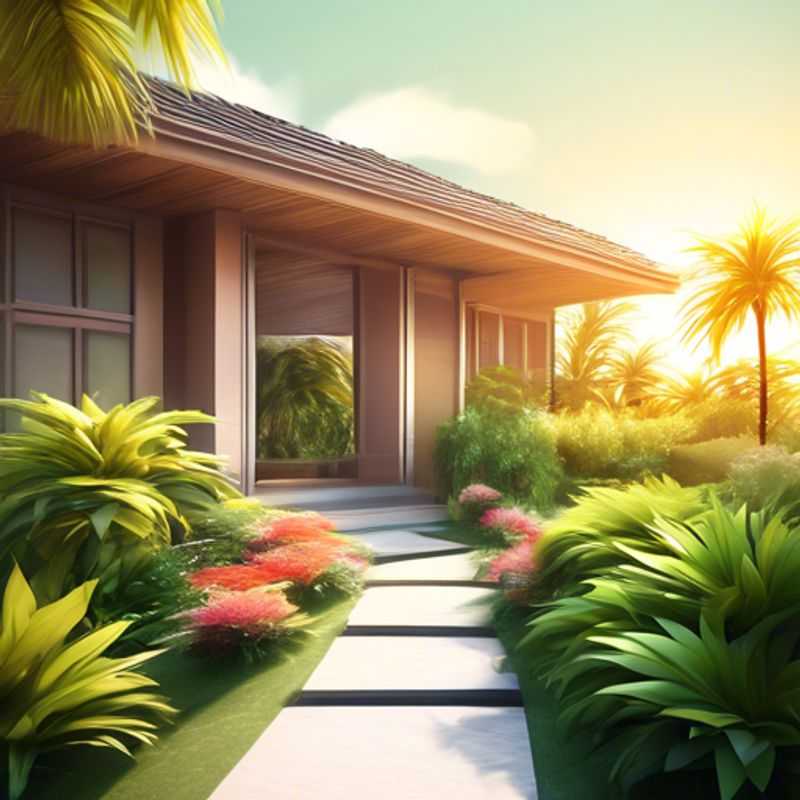
Green Thumbs Up: Matching Plants to Your Local Climate and Soil
To ensure the success of your gardening endeavors, it's crucial to understand the specific climate and soil conditions of your area. This knowledge will guide you in selecting plants that thrive in your environment, minimizing the need for excessive maintenance or interventions.
Understanding the climate involves recognizing the average temperature range, precipitation levels, and the duration of sunlight your area receives. This information is readily available online or through local gardening resources. Consider the specific microclimates within your property, as factors like wind patterns and shade from nearby structures can significantly influence your plant choices.
Delve into the soil composition, its pH levels, and drainage capabilities. A simple soil test kit can provide insights into these factors, enabling you to select plants that suit your soil's characteristics. Knowing the soil's pH is crucial for plant health, as different plants have varying pH preferences. For instance, blueberries thrive in acidic soil, whereas roses prefer neutral to slightly alkaline soil.
By aligning your plant selections with the climate and soil conditions, you'll create a flourishing garden that requires less effort and yields greater rewards.
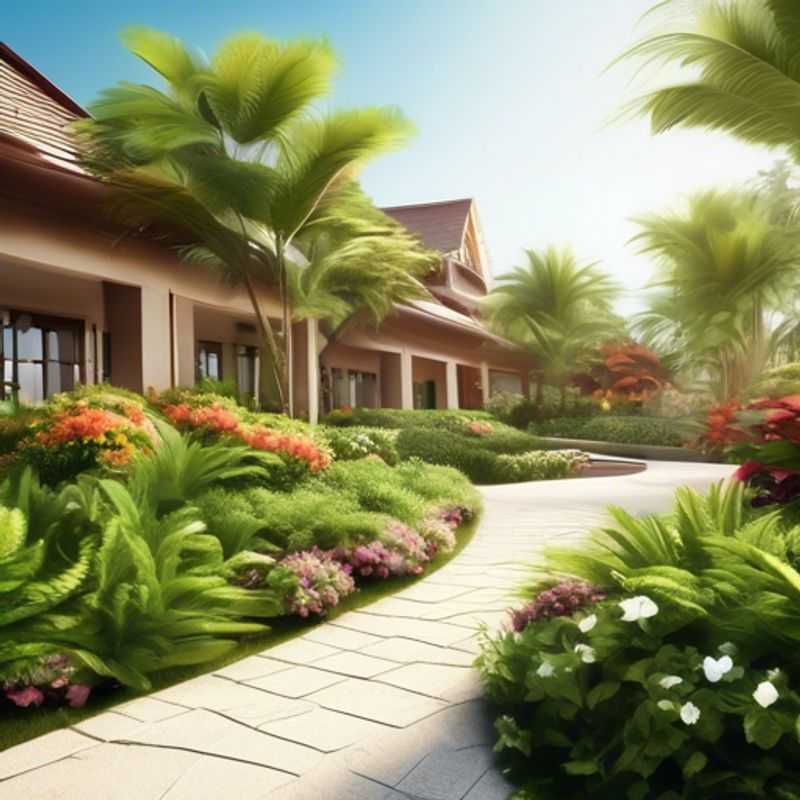
Planning for Growth: Understanding Mature Size and Habits in Your Garden
Before you buy and plant, you need to research the mature size and growth habits of the plants. Consider the following aspects:
Height: How tall will the plant grow? This can impact views, shade, and whether it blocks light to other plants.
Width: Consider the plant's spread. Will it dominate the space or need more room to thrive? Will it encroach on walkways or other plants?
Growth Rate: Does the plant grow slowly or quickly? This will help you plan when you'll need to prune or adjust the planting. Fast-growing plants may require more frequent maintenance.
Root System: Understand the root system's depth and spread. Some plants have shallow roots that can impact nearby plants or pavement. Deep roots can affect underground utilities.
Sunlight Requirements: Does the plant need full sun, partial shade, or shade? Understanding this is crucial to choosing the right spot in your landscape.
Soil Conditions: Some plants thrive in specific soil types (e.g., sandy, clay, or loamy). Learn the plant's preferred soil type to maximize its success.
Watering Needs: Some plants require consistent watering, while others are drought-tolerant. Knowing your plant's watering needs is essential for proper care.
Mature Shape: Consider the plant's mature form. Will it be upright, spreading, or cascading? This will influence its visual appeal and how it fits within your design.
Hardiness: Learn about the plant's hardiness zone (temperature tolerance). Ensure it can survive in your climate.
Disease and Pest Susceptibility: Research the plant's resistance to common diseases and pests. This can minimize future challenges and save you time and effort.
Cost: Consider the cost of the plant, especially if you're purchasing larger specimens.
By carefully researching these factors before planting, you can select plants that will thrive in your landscape and give you years of enjoyment.
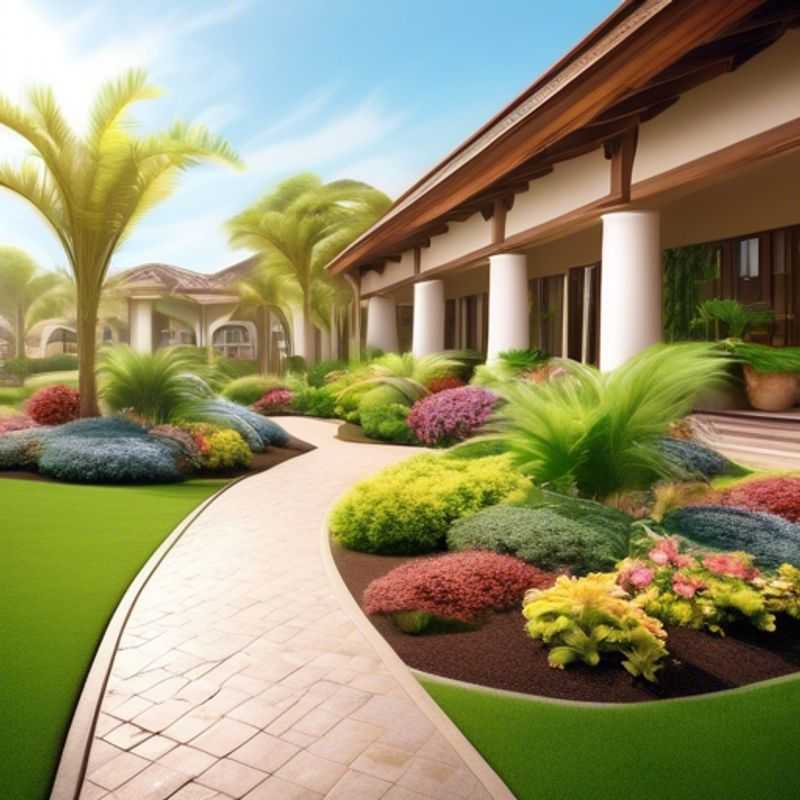
Sun-Kissed Success: Choosing Plants for Your Light Conditions
When selecting plants for your garden or home, understanding their sunlight requirements is crucial for their health and growth. Plants fall into three main categories: full sun, partial shade, and shade.
Full sun plants thrive in areas receiving 6 or more hours of direct sunlight daily. These typically include flowers like sunflowers and zinnias, herbs like basil and rosemary, and vegetables like tomatoes and peppers.
Partial shade plants prefer 3-6 hours of direct sunlight and some dappled shade. Examples include hostas, ferns, and azaleas.
Shade plants thrive in areas receiving less than 3 hours of direct sunlight, often preferring filtered light. These include woodland wildflowers like trillium, and some ferns like Japanese painted ferns.
Choosing plants based on their sunlight needs ensures they receive the optimal amount of energy for photosynthesis and growth. This maximizes their health and appearance, leading to a thriving and vibrant garden.
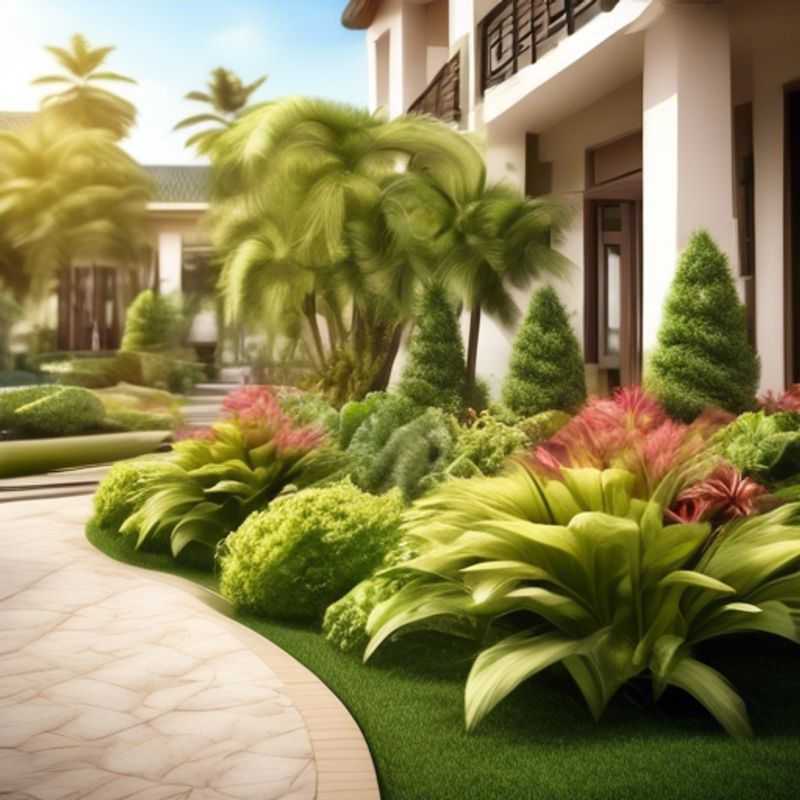
Prioritize Native & Drought-Tolerant Plants: Low Maintenance, High Impact
Choosing to prioritize native or drought-tolerant plants is a smart decision for anyone looking to minimize maintenance and water usage in their gardens. Native plants are adapted to local climates and soils, making them more resilient and requiring less water once established. Drought-tolerant plants, on the other hand, are specifically chosen for their ability to thrive in low-water conditions, further reducing the need for irrigation.
When planning your garden, consider the following important tips: select plants that are native to your region, as they will have lower maintenance needs and attract local wildlife. Grouping plants with similar water needs can also help optimize watering efficiency. Additionally, incorporating mulch can help retain soil moisture and suppress weeds, further minimizing upkeep.
In terms of costs, budgeting for native and drought-tolerant plants may include expenses such as plant purchase, soil amendments, and landscaping design services if needed. While initial investments may vary, the long-term savings on water bills and maintenance can be significant. Be sure to research local nurseries or conservation programs that may offer discounts or incentives for planting native species.
By making informed choices about your plant selections, you can create a beautiful, low-maintenance landscape that conserves water and supports local ecosystems.
